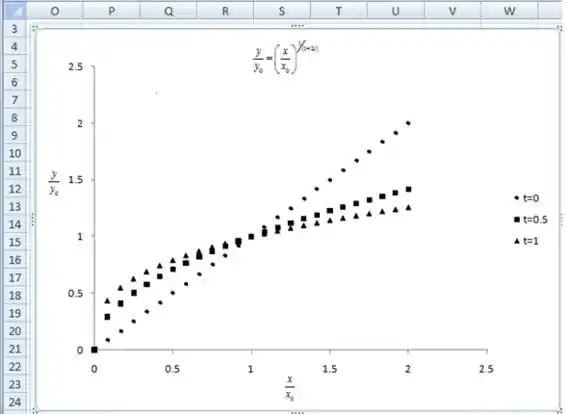Um campo de velocidade não permanente bidimensional é dado por , . Encontre a equação das linhas de corrente variáveis no tempo, que passam, todas, através do ponto em algum instante . Esboce algumas delas.
Passo 1
Bem, vamos lembrar que a equação apresentada é uma equação diferencial de segunda ordem, então podemos organizar ela para ela tomar essa cara!
Passo 2
Agora basta integrarmos nossa equação:
Onde é uma constante!
Pra matar de vez, temos que:
Aplicando a função inversa, temos!
Para garantir, que todas as linhas passem por devemos agrega-los na equação como parâmetros, assim:
Para esboço do gráfico recomendo o uso do webapp do geogebra, ou o do wolfran para plot de gráficos em 3d!
Isso é tudo pessoal, conseguimos mais uma! \o/

Passo 3
